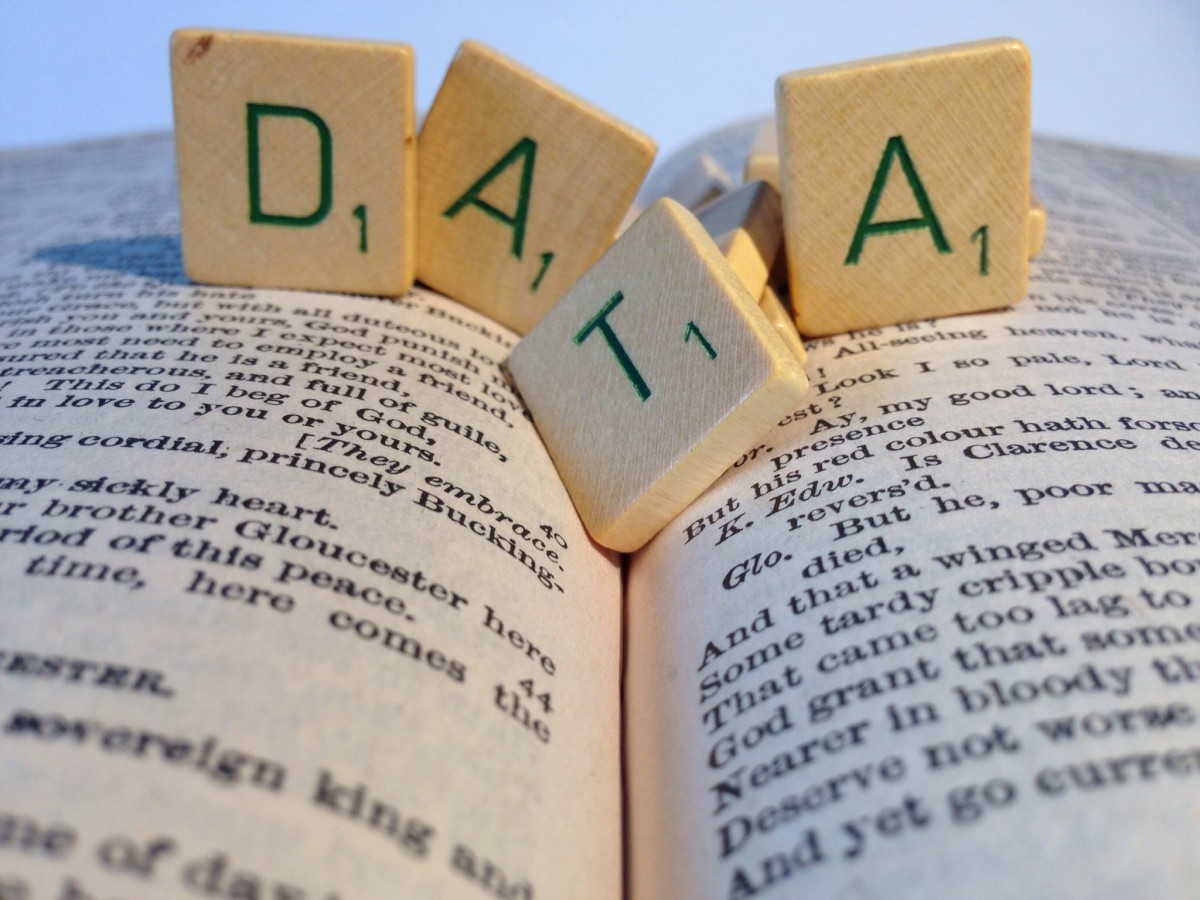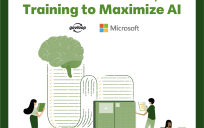“It comes from everywhere. It knows all. … [It] lives in the cloud. It knows what we do.”
That’s how big data is described in a “Dilbert” comic strip. While that might sound funny, it’s true that while everyone talks about big data, many people don’t know what it is or does.
But it’s actually small data that can really matter when evaluating the health and performance of local governments. Dr. Jonathan Reichental, CIO for the City of Palo Alto, California, describes small data as tiny chunks of big data that people can easily comprehend.
While big data technologies can reveal the “why” behind your organization’s overall health and performance, small data illuminates the “what” — the specific information and factors that influence the “why.”
How You Can Capitalize on Small Data
While collecting and analyzing data was once a time-consuming, manual process, cloud business intelligence and analytics designed for government have made small data more readily available, empowering governments to make actionable decisions and drive better outcomes for their organizations.
An example of the relevance and impact of small data is the ability to track and report on your financials at a departmental and executive level, allowing you to better monitor currently available funds and make timely operational decisions. Historically, most organizations have relied (and still rely) on Excel and their IT departments to extract data and manually compile reports, which is time-consuming and ineffective.
Having timely access to current and legacy (for trend analysis) financial and budget data, as well as current operational views, provides more accurate budgeting, which allows the governing body to establish fund balance policies to address issues such as the misalignment of budget cycles vs. revenue projections. Fund balance policies also allow the government to be more resilient in case of emergencies.
Governments are amassing floods of data on a regular basis. The management of this data and accessibility can fundamentally change the response time in making fiscal and budget decisions. This small data impacts every service and every department within a governmental organization. Cloud computing and subscription-based software that supports business intelligence and analytics offer a way to obtain quick access to small data combined with powerful analytic capabilities — all without committing to large capital expenditures.
Once you have access to your small data for reporting and analysis, here are four tips for using it to your government’s advantage:
1. Disclose financial data quickly. The sooner you and your stakeholders know the details surrounding overall fiscal health, expenditures, and revenue projections, the more quickly you can resolve budget issues and capitalize on new opportunities.
In the end, this could save thousands of dollars and increase the overall quality of government services. Plus, shining a light on internal and external financial data can positively affect credit ratings and bond issuance costs, which can save constituents millions in interest and other borrowing costs.
In fact, according to a recent study from the University of Oregon, providing timely information on the municipal bond market can reduce transaction fees by up to 30 percent.
2. Reconcile labor expenses with labor budgets. Labor is one of the largest expenses for most, if not all, governments. Typically, these costs are managed in enterprise resource planning and timekeeping systems.
By reconciling the small data surrounding real-time labor expenses with labor budgets, your government can identify where these funds are being efficiently or poorly spent. This small data can indicate the long-term impact of expenses, such as police overtime that may have been lumped into payroll cost in the past.
3. Report on and track grant expenses. By monitoring grant expenses, your government can more efficiently track grant revenues, offset expenses, and take advantage of all the grant funds available. However, because grants cross fiscal years and don’t align with the typical financial reporting that technology systems have offered in the past, this has typically been a manual effort. New technologies in project and grant reporting can eliminate the manual process.
4. Track and analyze individual expenses. Accessing individual expenses and transaction data down to the vendor level — not just a high-level overview of expenditures, vendor allocation, and trends — can provide your government with tremendous contract negotiations and bargaining power.
Implementing cloud technologies to support your small data and data-driven decisions will empower you to be more nimble, have more visibility into your operations, and build trust in your data. And as citizens demand a faster, more transparent, and resilient government, it will allow you to respond more quickly than ever before.
Erin Latham founded Mo’mix Solutions with the goal of delivering software and services that drive better outcomes for the public sector and education. She has served as a technology government advisor focused on ERP, budget, business intelligence, and open data/transparency solutions to local and state governments and higher education organizations for more than 15 years.





[…] https://www.govloop.com/community/blog/small-data-can-improve-governments-fiscal-health-services/ […]